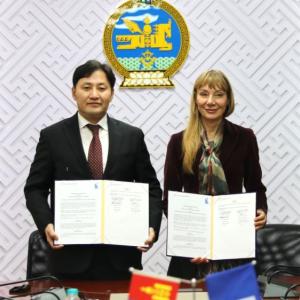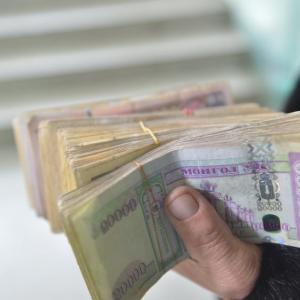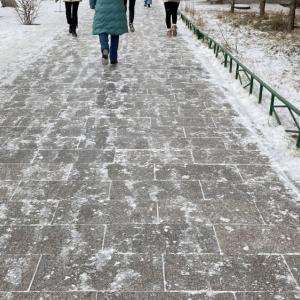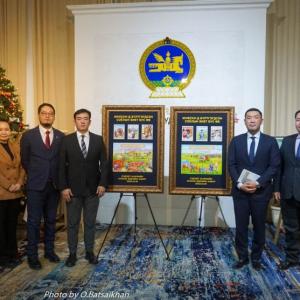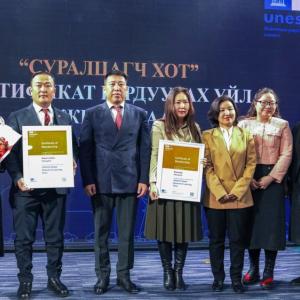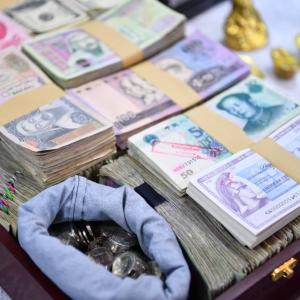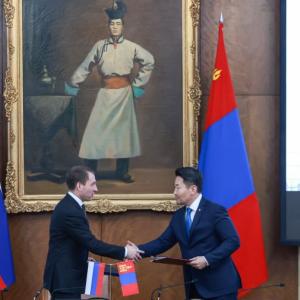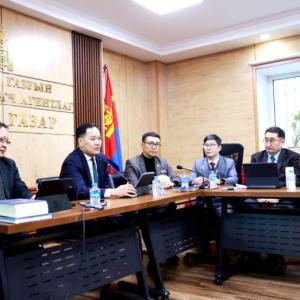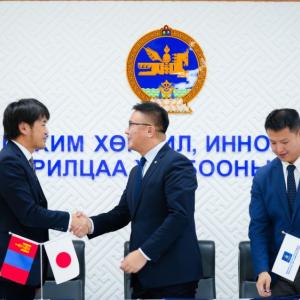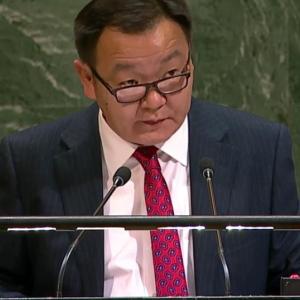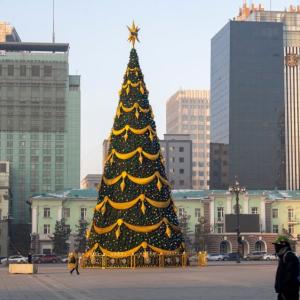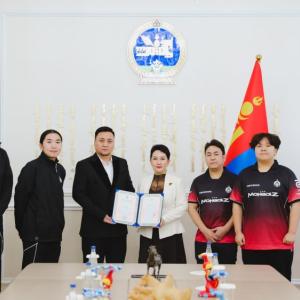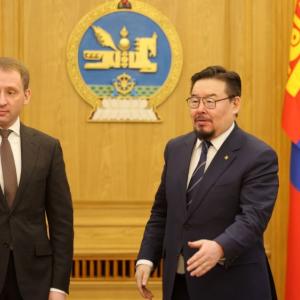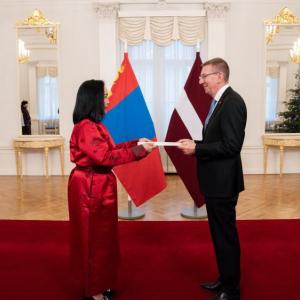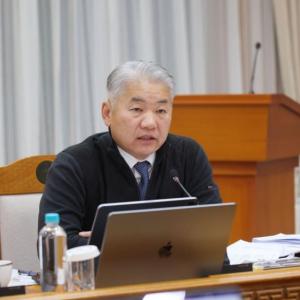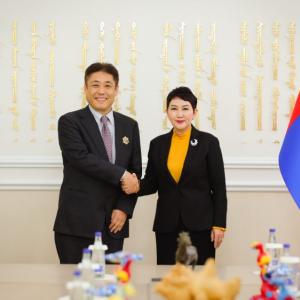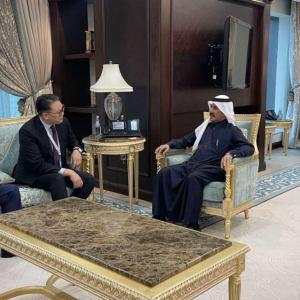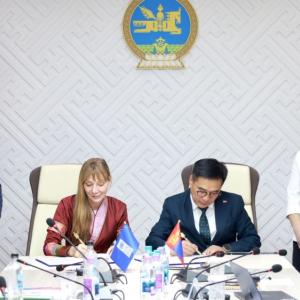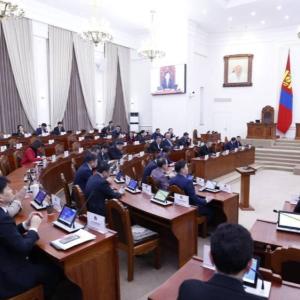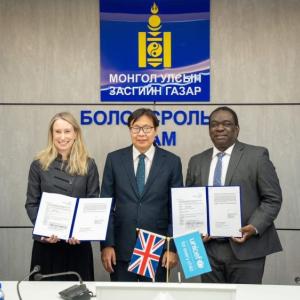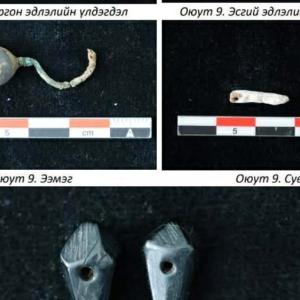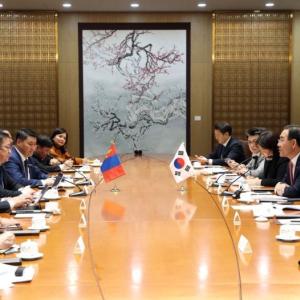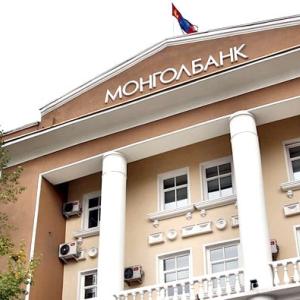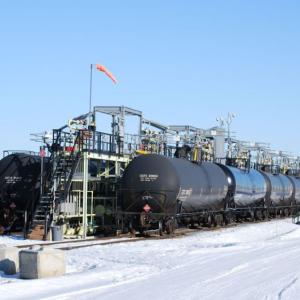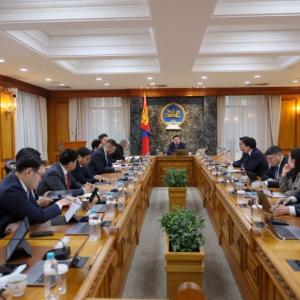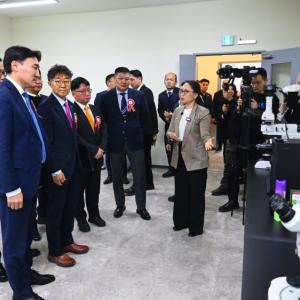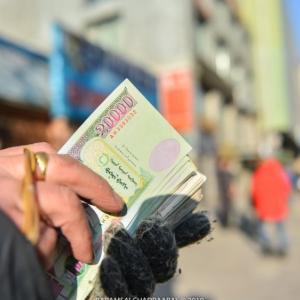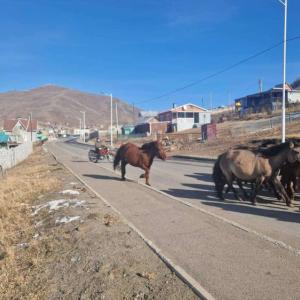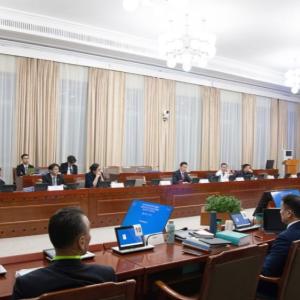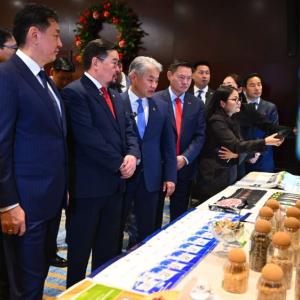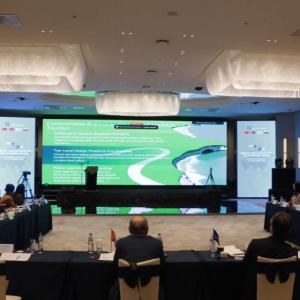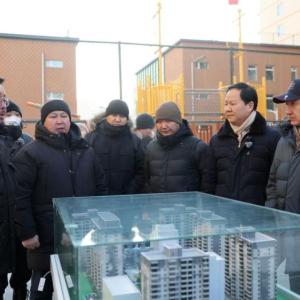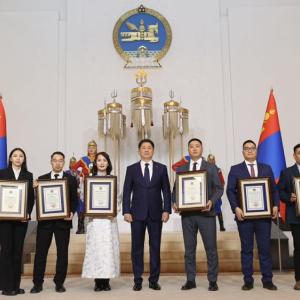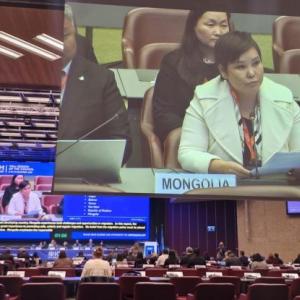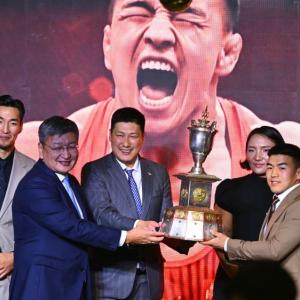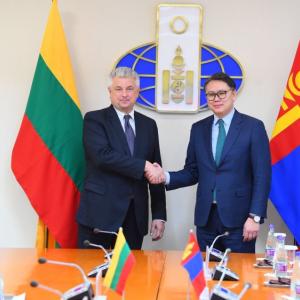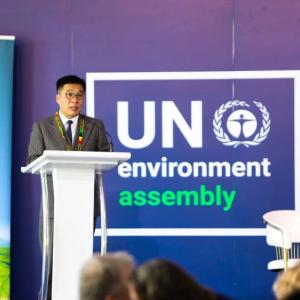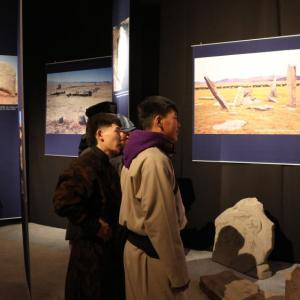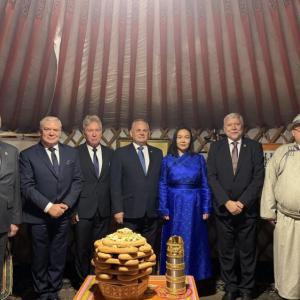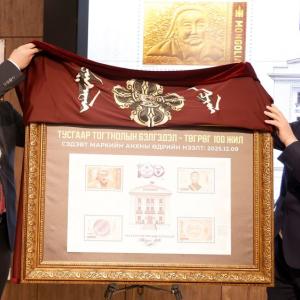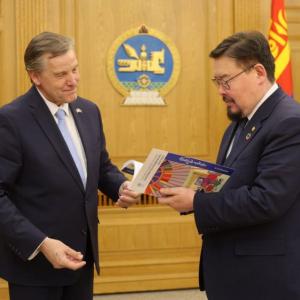The Far East Affairs: Mongolia and Japan
The Mongol MessengerMongolia-Japan’s relations trigger some historical aspects and myths. Two countries relations can date back to 1274. The Mongolian empire, under the rule of Khublai Khaan has sought territorial invasion of Japan in 1274 and 1281, only to face “divine typhoon” coupled with malfunctioning boats made by the Song Dynasty war-prisoners. As it is written in the history books Khublai Khan’s message to Japanese Shogun goes: "the ruler of a small country, pay us a tribute... or else.” Nevertheless, modern day foreign affairs do not involve divine typhoons, malfunctioning boats, instead, it involves political, diplomatic dialogue, economic relations, and people-to-people affairs.
On February 24, 2017 Mongolia and Japan celebrated its 45th anniversary of diplomatic relations in Ulaanbaatar, Mongolia (Mongolia-Japan 45th anniversary) As Mongolia’s foreign policy apparatus expands both regionally and globally, Japan became the source of democratic principles and values as well as political, economic, and social model for Mongolia’s own development.
On February 24, 1972, Mongolian People’s Republic and Japan established diplomatic relations. The 1970’s were a crucial period in Mongolia’s foreign policy because of three reasons.First, the Mongolian Government under Yu.Tsedenbal had a far-sighted foreign policy ambition, beyond USSR, thus, the recognition of Mongolia’s sovereignty was fundamental. Second, by obtaining recognition from other countries, diplomatic relations could be established. Finally, by establishing diplomatic relations, Mongolia was able to engage with rest of the worldpolitically, economically, diplomatically, and socially.
Thankfully, with a tremendous effort of Yu.Tsedenbal, many of the diplomatic relations was established through his government, including Japan. In 1977, with limited access, Japan has invested in the Gobi Cashmere Factory’s technology, production, and distribution, thus, jump started Mongolian cashmere market. Foreign aid and developmental projects were controlled and limited in socialist Mongolia until the 1990 democratic revolution.
Since 1991, Japan had been financing Mongolia’s mining sectors, such as, Railway Transportation Rehabilitation Project I and II, Rehabilitation Projects of the 4th Thermal Power Plant in Ulaanbaatar, Baganuur and Shivee-ovoo coal mine development project I and II. By the time of 2005, Japan had invested $391.07 million dollar in Mongolia’s development (Japan's Assistance to Mongolia). Throughout the 2000’s two countries relations have strengthened not only financially but socially.
Oka Hiroki, Professor of Asian History, specialized in Mongol history stated, “For some reason the Mongols always seem to catch the Japanese by surprise. The 13thcentury Mongol invasion materialized out of thin air, as did the more recent “invasion” of talented sumo wrestlers from Mongolia (Mongolia and Japan: Beyond Power Politics) In 2003, a Mongolian sumo wrestler, D. Davgadorj has become the 68th Yokozuna, carrying thehonor to Mongolia and strengthened two countries cultural relations. Mr. Davgadorj was the first Mongolian wrestler in the highest Yokozuna, and there were many after him. In the 45 years of diplomatic relations, Mongolia and Japan had accomplished a lot in all level of affairs.
According to the Embassy of Japan in Mongolia, Japan Overseas Cooperation Volunteers (JOCV), Official Development Assistant (ODA), Mongolian-Japanese Economic Partnership Agreement (EPA), and other educational and cultural organizations have contributed Mongolia-Japan’s friendly relations. Geographically, Japan became Mongolia’s third neighbor because of trade, economic relations, and the significance of both countries in the Asia-Pacific security sphere.Mongolia’s 2011 Foreign policy concept specifically highlights the “third neighbor”policy including Japan in political, economic, and security for a (Mongolia's Third Neighbor Foreign Policy) In 2010, Mongolia and Japan agreed to build a strategic partnership in their diplomatic goals. The strategic partnership derived from global and regional political and security challenges, such as rise of China, North Korea’s nuclear threat, and maritime security issues in the South China Sea and East China Sea, and economic ambitions.
Mongolia’s geopolitical position creates a crucial presence between rivalry nations, China-Japan, Russia-Japan, South Korea-North Korea-Japan in the Asia-Pacific. The rivalry between Russia-Japan allows Mongolia to intermediate due to longstanding good-neighborrelations with Russia throughout history. When it comes to economic bilateralism, China and Japan compete for Mongolia as a market for import, export, infrastructure, and development projects. Since 2011, China and Japan have been competing for developing Mongolia’s mining and infrastructure mega-projects. In May 2013, Mitsubishi Corporation and Chiyoga Corporations won the contract to building Mongolia’s second international airport at Hushigtiin Hundii, which requires $493 million dollars investment.
On October 22, 2015, Prime Minister, Ch. Saikhanbileg’s government has signed a Mongolian-Japanese EPA for developing Tavan Tolgoi mining deposits and the railways (Mongolia, Japan EPA) This agreement was a big blow to Chinese mining giant, China Shenhua Energy Company, whose investment agreement was denied by the Mongolian parliament and National Security Council for violating number of laws and regulations. For Japan, partnering up with Mongolia’s biggest mining deposit and mega infrastructure was a win-win situation. In Asia-Pacific, Mongolia’s position presents a mediator’s position via Small Country Diplomacy in regards to the North Korea’s nuclear crisis.
On September 27, 2016, Foreign Ministers of Mongolia and Japan agreed on condemning North Korea’s actions. It is more important for Japan to find itself an alliance then Mongolia to strictly condemn North Korea for its rogue acts. Foreign Minister Fumio Kishida stated: “Mongolia is an important regional partner that shares principles values with Japan (Mongolia and Japan on North Korea) As two countries relations get closer beyond political and economic ambitions, people-to-people affairs expand.
In March, 2013, the Japanese Prime Minister, Shinzo Abe’s visit to Mongolia boosted diplomatic relations on three arenas 1) Launching the Mongolia-Japan-US trilateralism, 2) Implementation of Mongolia-Japan Economic Partnership (EPA) into medium and long-term strategic partners 3) People-to-people exchange for educational and cultural purposes. While Japan has been one of the financiers of Mongolia’s development, Mongolia also has supported Japan during hardship. In 2012, during the Fukushima crisis, the Mongolian government donated one million dollars and rescue supplies to Miyagi and Ivate prefectures for its reconstruction (Cabinet Resolution 78 for Japan)
On the 45th year of diplomatic anniversary, both Mongolian and Japanese government hopes to make progress on previously signed agreements and commitments. In the upcoming years, two governments will work towards the 2017-2021 action plans to strengthen bilateral ties on economy and security (Mongolia-Japan Ties)
Bolor Lkhaajav (Foreign Policy Analyst, Master of Arts in Asia-Pacific Studies and the University of San Francisco)





